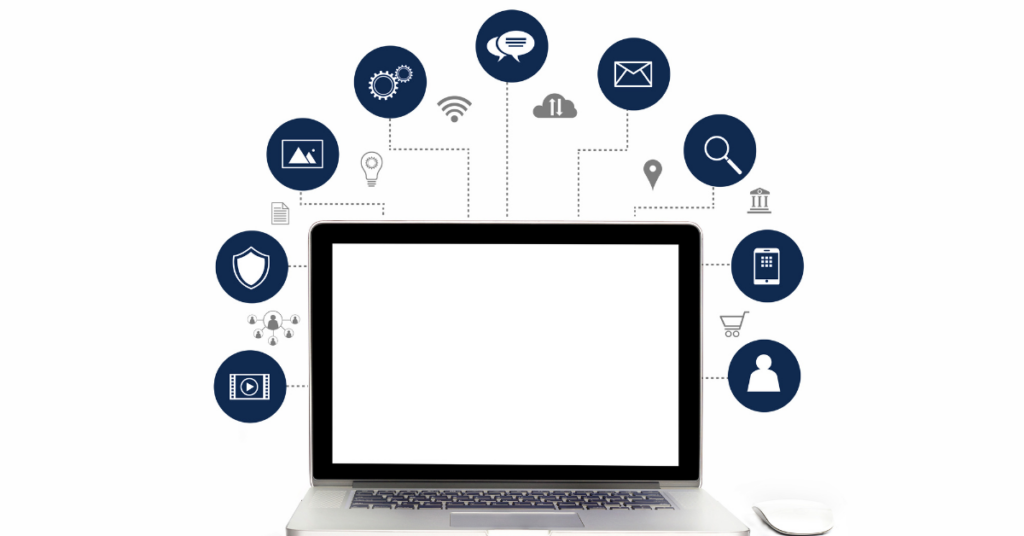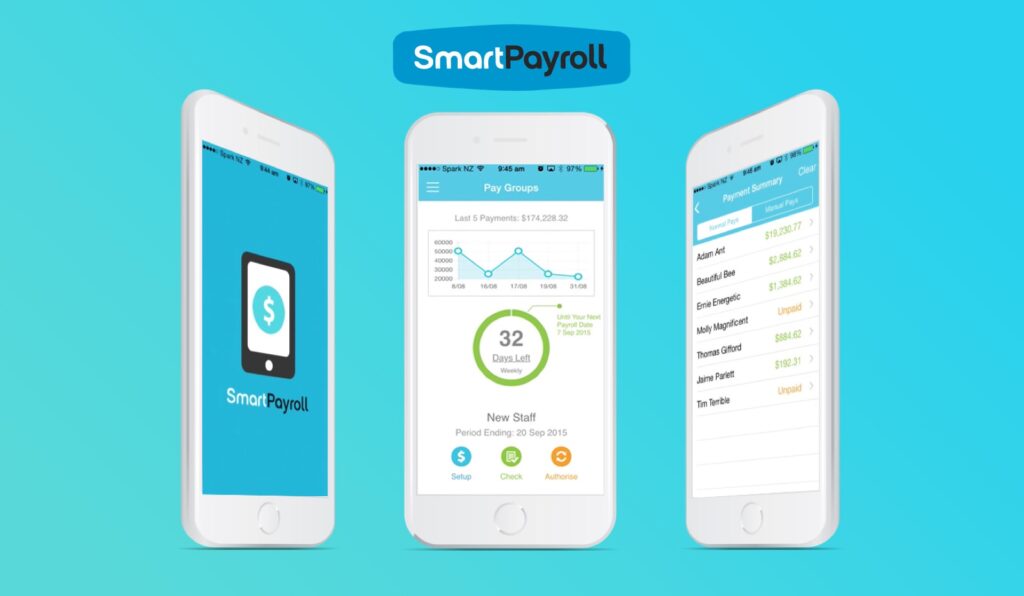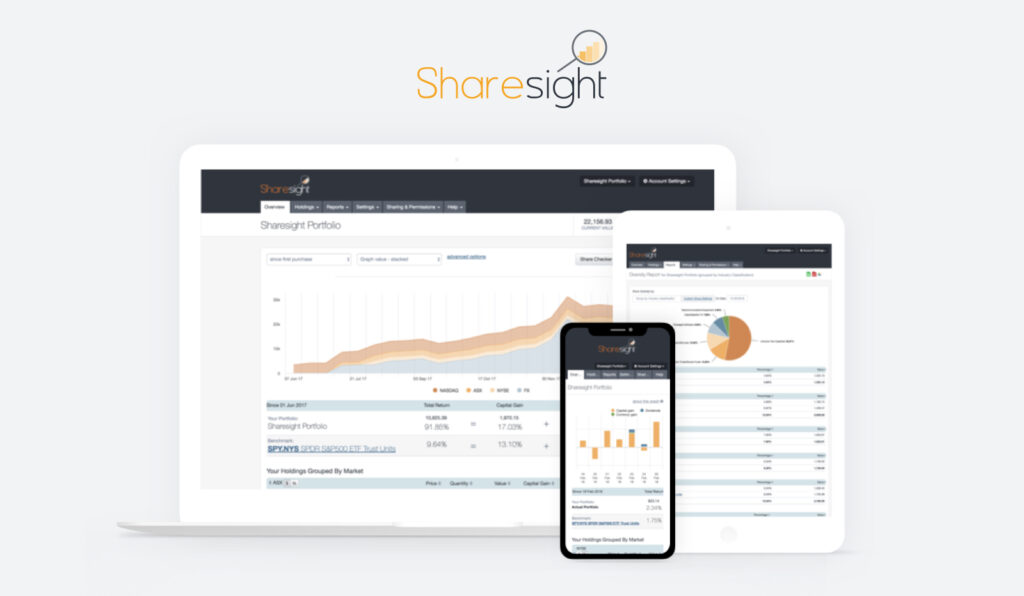The rapid technological advancements we’re seeing are a double-edged sword for many business owners, presenting both great opportunities and potential challenges.
Adopting and integrating these new technologies is essential if you want to remain competitive, but it requires careful navigation and a clear strategic plan for your tech stack.
5 key steps for transforming your use of business tech
There are solutions for enhancing areas of your business – your bookkeeping, accounting, forecasting, inventory management, project management and a host of other key operational areas. These apps slot perfectly into a custom tech stack that can be tailored and integrated to meet the exact needs of both your industry and your individual business.
You’re most likely using AI in your business already. Let’s face it, AI isn’t new and is here to stay. A lot of apps already use AI to perform everyday functions we don’t spend too much time thinking about – like coding, bank reconciliation, or receipt and invoice scanning.
To truly embrace technology or new advancements, it’s a good idea to step back and think in more detail about your digital strategy.
Here are five important steps to help you get the most out of your tech stack:
1. Assess your need for the right technologies – it’s important to think about the relevance and impact of emerging technologies on your business operations. Choose software solutions that meet a genuine need within your business model, and don’t be tempted to jump onto a tech bandwagon just because it’s ‘the latest thing’. This article from Kendra Vant of Xero further reiterates that just because something is available to use, it doesn’t mean you should use it.
2. Train and upskill your staff – you’ll only get the best from new software if you and your team know how to use it. Invest in upskilling yourself and your employees so they feel comfortable with these new tools and can use them effectively. It’s about reducing any ‘tech fear’ that some employees may feel and showing them how it makes their job easier.
3. Tighten your cybersecurity and reduce risk – the more software tools you use, the more data you’ll hold in the business. 79 minutes is the average time it takes a cybercriminal to breach a company’s IT system. Because of this, it’s vital to protect your customer data and company information. This means putting robust security measures in place and keeping up with all the latest security protocols.
4. Scale up your IT infrastructure – You may not have an IT department, but it’s crucial to check that your proposed tech infrastructure can grow with the business. Any apps you use must be able to scale up as the business expands and volume and demand ramp up. With a properly thought-out tech stack, your systems can grow and scale with you as the business expands.
5. Focus on the customer experience (CX) – one of the biggest benefits of going digital is the positive impact this can have on your customer experience. Digital tools help you to personalise the customer journey, interact seamlessly with your customers and use highly targeted marketing and promotional activity to reach the right audience.
Most digital transformations don’t take place overnight. It takes time to switch each area of the business over to a software solution, and this can be an organic process as you find the right tools for the job. However, it does pay to have a sound strategy behind this transformation.
We can help you review your planned tech strategy and advise you on the best apps and tools to combine into your ideal business tech stack.
Give our team a call today to arrange a meeting.



